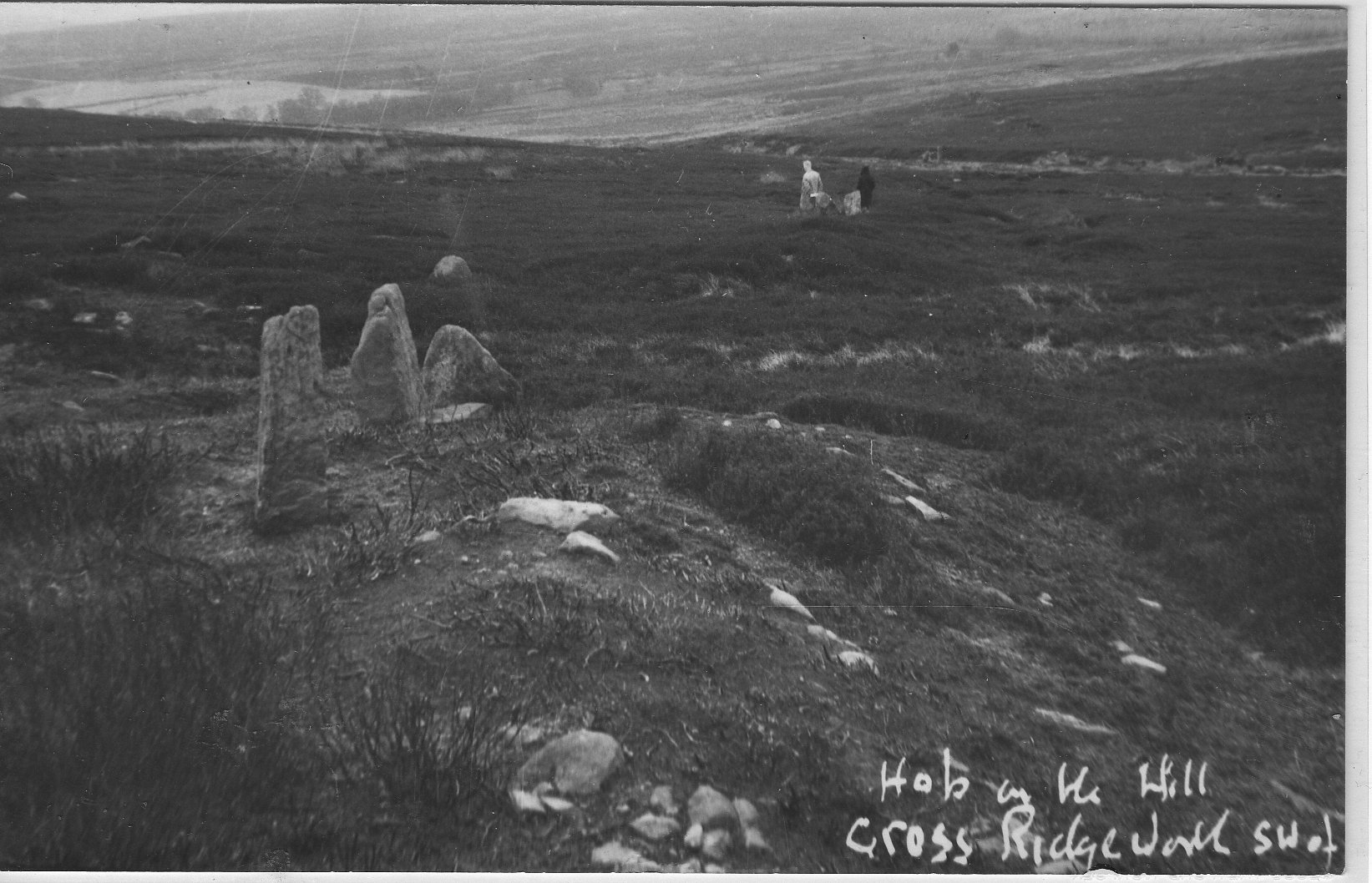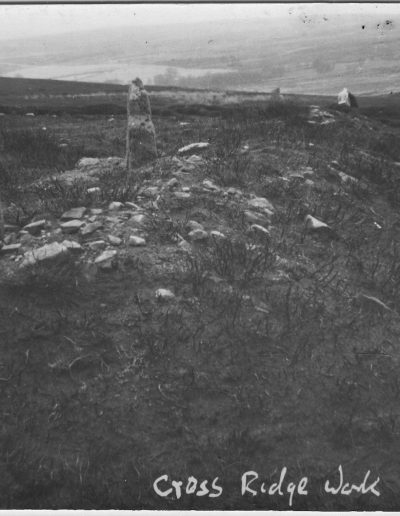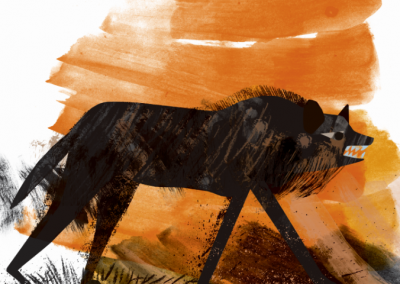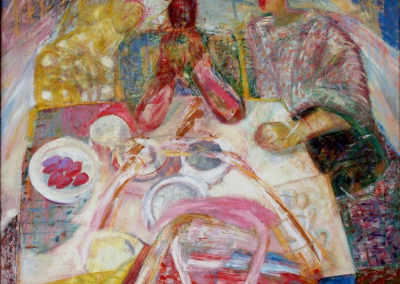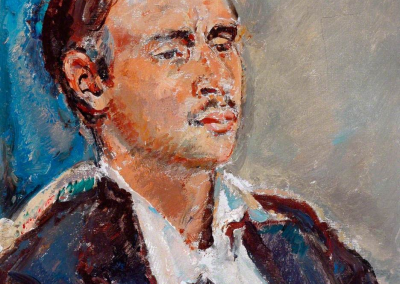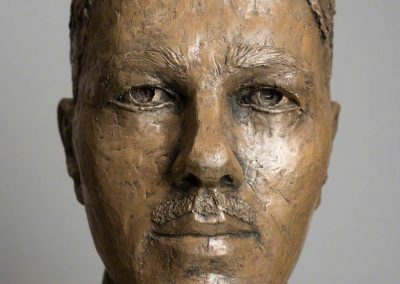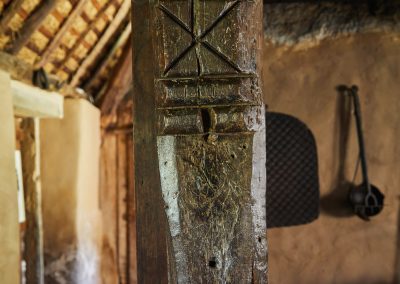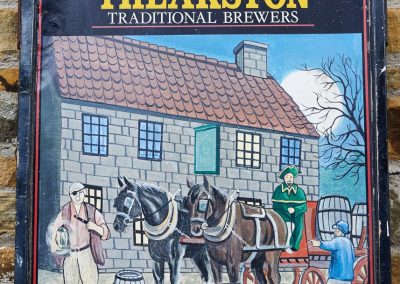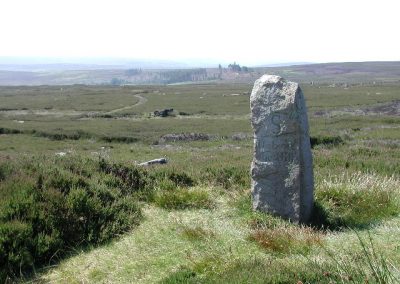‘The Hob on the Hill’
North York Moors National Park
The ‘Hob on the Hill’ is a prehistoric earthwork, consisting of a bank and ditch. It gives us a glimpse into the North York Moors in ancient times, when this site was in use. It is also marked by a boundary stone to signal the boundaries of the Guisborough, Lockwood and Commondale Parishes. However, this stone has also been inscribed, in 1798, with the name of the location: The Hob on the Hill. It is this name that connects this special place to local folktales.
The ‘Hob on the Hill’ is very close to Hob Hole and Hob Hole Beck. According to local folklore, hobs were the fairy folk of the North York Moors and there are many stories from the region about their activities. These helpful hobgoblins or house-elves worked hard for the people of the region and could be extremely loyal, though with the potential to turn to mischief too. The Hob on the Hill is thought to be a place where hobs were once thought to gather or meet together.
Where did these stories come from?
We don’t know how old these stories are, though the date on the stone tells us that people were familiar with them at the end of the 18th century. However, it is thought that these stories are probably of Scandinavian origin, brought over by the Vikings. Very similar folk stories exist in Norway today.
Until the late Victorian era, they were commonly told in the North York Moors, appearing in other parts of the country in as ‘brownies’ or ‘bogles’. For centuries, many adults seem to have believed in the existence of these creatures, as well as other fairy folk.
The importance of place
The earthworks show the change in the height of the land, indicating something going on below the surface, as well as the standing stone on the moor itself from prehistoric times. However, the site is a great example of a place that has meant different things to different people from different periods of history.
More recently, collection photos from Ryedale Folk Museum capture visitors at the site, in the early part of the 20th century. But did they think they were walking to a prehistoric site, or to the gathering place of the hobs?
Hob stories are deeply connected to the North York Moors, referenced in many placenames, including Hob Beck and Hob Garth. There were also believed to be hobs at Hart Hall, Farndale, Hasty Bank and Chop Gate, and many other locations.
Talking Points
Why do you think the site is known as ‘Hob on the Hill’? Do you think it’s a good name for the place?
Do you think it would be easy to find the location? Why/ why not?
Do you think hobs really existed? Why do you think people liked to believe in them in the past?
If you had a hob living at your house, what jobs would you like it to help with?
Do hobs remind you of any other magical creatures from stories that you have encountered?
Why do you think that people visit prehistoric sites?
What other prehistoric sites and monuments have you heard of? Have you ever visited any prehistoric sites?
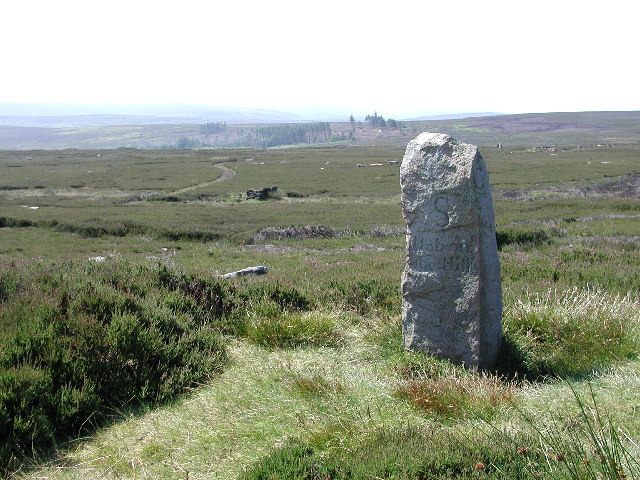
In the Classroom – Explore the Story
Read the two versions of the story of the Farndale Hob, Elphi, told from different perspectives.
Hotseat students in role as the different characters to find out their views on what happened.
You can also listen to the story of the Farndale Hob at the start of Episode 6 of the BBC Radio 4 Series Mythical Creatures, available on BBC Sounds, which was recorded at Ryedale Folk Museum in 2023.
As you listen, decide what you think a hob might look like. You can use the art activity video to create one.
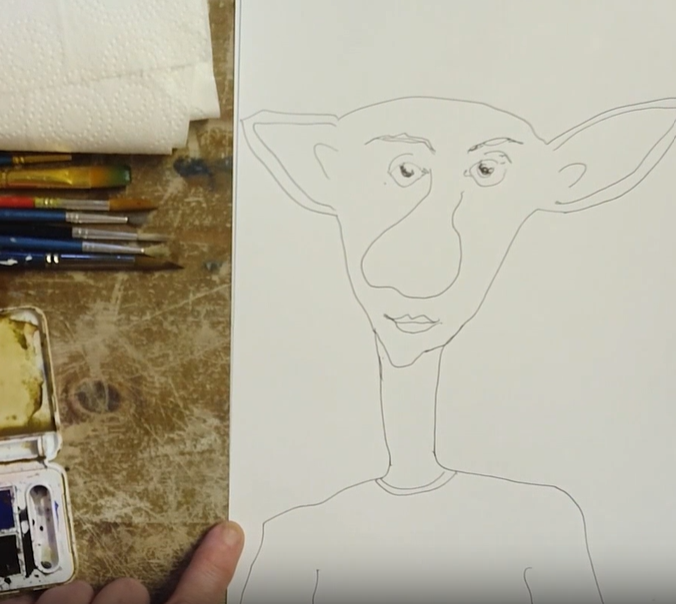
Watch the Art Video to design your own hob. Nobody really knows what these secretive creatures looked like since they worked at night, when humans were sleeping. However, they are thought to be very small and have long hair.
Watch the Art Video With Subtitles
Hands on History
You can explore more historic photos in Ryedale Folk Museum’s online image library.
As well as visiting Ryedale Folk Museum, you can take part in online virtual workshops to explore Anglo Saxon and Iron Age life and learn lots more about the types of stories that our ancestors told, via resources on the museum’s website.
Book a school trip to the North York Moors National Park.
Museum Location
Discover objects linked to writing, stories and folklore

